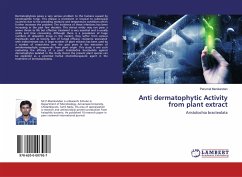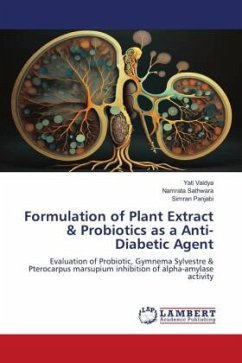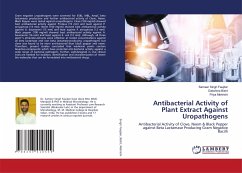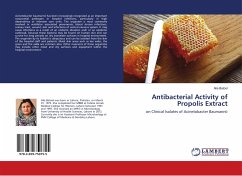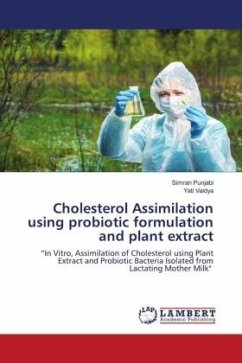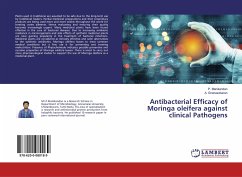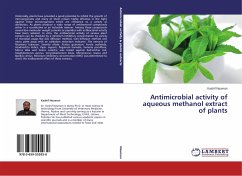Dermatophytosis poses a very serious problem to the humans caused by keratinophilic fungi. This disease is prominent in tropical to subtropical countries due to the prevailing moisture and temperature conditions which further increases the problem. The incidence of these infections has been increasing in the past few decades. This clinical entity may not pose a severe threat to life but effective treatment is very essential and is usually costly and time consuming. Although there is a prevalence of huge numbers of allopathic drugs in the market, they suffer from various drawbacks such as toxicity, lack of fungal efficacy, resistance associated with indiscriminate use. A large number of plant extracts has been used by a number of researchers over the past years in the extraction of antidermatophytic compounds from plant origin. This study is one such evaluating the efficacy of a plant Aristolochia bracteolata against dermatophytes isolated in this study. Hence the present plant species can be exploited as a potential herbal chemotherapeutic agent in the treatment of dermatophytosis.
Bitte wählen Sie Ihr Anliegen aus.
Rechnungen
Retourenschein anfordern
Bestellstatus
Storno

